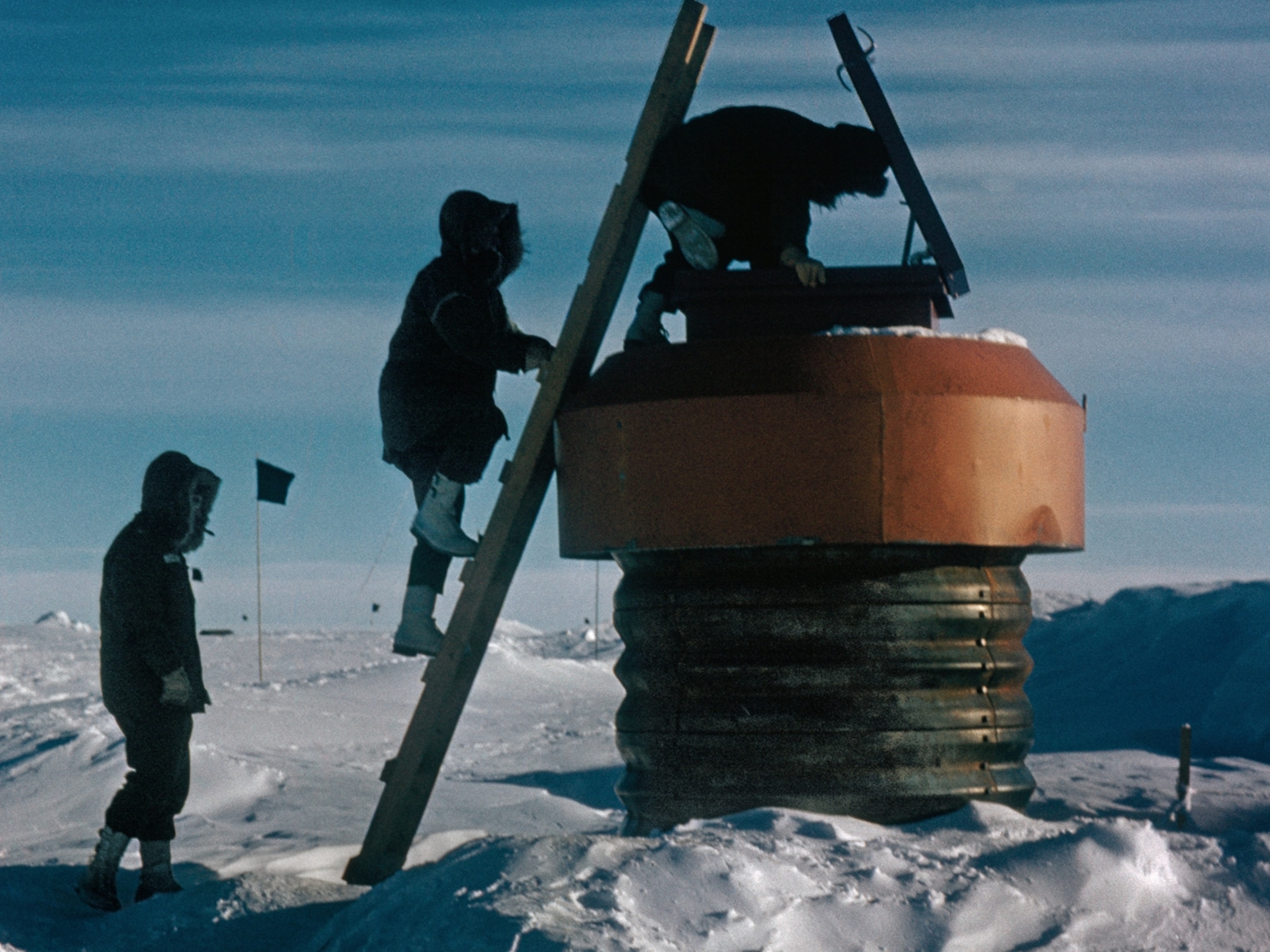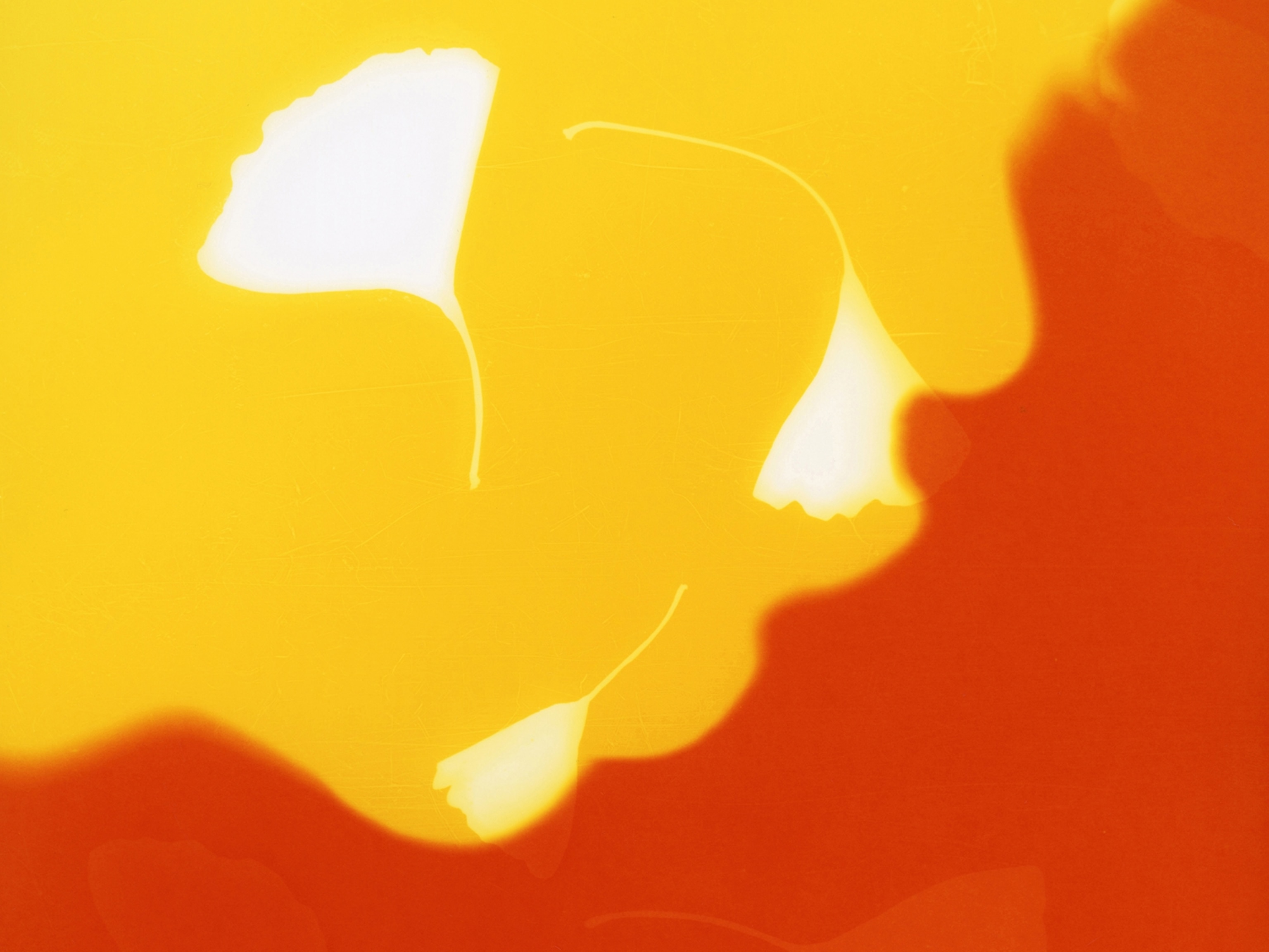
"Supernova in a Jar" Offers Peek Inside Star Death
A "gentle" chemical reaction in the lab is giving scientists a peek inside powerful star explosions called Type Ia supernovae.
In an attempt to peer inside powerful star explosions, scientists recently made a "supernova in a jar" using a chemical reaction in a viscous fluid.
Called the iodate-arsenous acid (IAA) system, the experiment involved injecting a small shot of acid into glycerol to trigger a self-sustaining reaction.
The result was a rising "vortex ring," a structure that superficially resembles a smoke ring or the mushroom cloud from an atomic bomb.
Watch video of the "supernova in a jar."
According to computer simulations, vortex rings are also created inside Type Ia supernovae, which can occur when stellar corpses, known as white dwarfs, siphon gas from healthy neighboring stars.
When a white dwarf reaches a critical mass threshold—the equivalent of the shot of acid in the lab experiment—the star explodes in one of the most energetic events known to occur in the universe. (Related: "New Type of Supernova Discovered.")
Both supernovae and the IAA system are self-mixing reactions, said study co-author Stephen Morris, a physicist at the University of Toronto in Canada. Studying the reaction can therefore tell astronomers more about the dynamics inside an exploding star.
This is especially important for Type Ia supernovae, because these explosions tend to produce consistently bright remnants. Many scientists therefore rely on the remnants to calculate distances between galaxies.
"Gentle" Lab Reaction Mimics Mighty Supernova?
Unlike smoke rings, which slow down as they rise and mix with cold air, an IAA vortex ring speeds up with time. Usually, the vortex ring forms and disappears in a matter of seconds, making it difficult to study—or it might not have time to form at all.
In the new experiment, scientists increased the viscosity of the reactant solution by adding a thickening agent. This slowed down the process enough so that the vortex ring was easily observable.
The vortex ring took about ten minutes to form and climb to the top of a 16-inch-tall (40-centimeter-tall) vertical cylinder, where it flattened out.
As with the IAA reaction, scientists think the vortex ring that forms inside a white dwarf as it starts to explode grows bigger and more powerful with time. If this did not happen, the dense, old star could not burst apart.
(Related: "Colliding Dead Stars Set Off Massive Supernova.")
Of course, there are lots of differences between supernovae and the chemical reaction performed in the lab, the study authors note.
"First off, there's nothing nuclear about our reaction. It's very gentle," Morris said.
"But it is analogous, because it is a flow that is driven by a bubble of reacted fluid, which generates its own subsequent flow, which fuels the reaction and produces an accelerating vortex ring."
Lab Experiment a "Reality Check"
Overall, the IAA reaction could serve as a kind of real-world "reality check" for supernova computer modelers, said study co-author Michael Rogers of McGill University in Canada.
(Related: "Supernova's Beginning Blast Shown in 3-D—A First.")
"You can use it as a kind of guide to say, Okay, my simulation reproduces what has been seen here experimentally, so maybe I can trust that my model is really simulating what's really going on inside a star," Rogers said.
Astrophysicists might also learn a thing or two about supernovae that their models didn't predict, the University of Toronto's Morris added.
For example, in the experiment, multiple vortex rings were created in a "pinch off" process. By contrast, most computer simulations show only one vortex ring forming inside a supernova.
In the IAA reaction, "we have as many as five pinch-offs happening, one after the other," Morris said.
"The [vortex ring] head accelerates away from the tail, and the tail grows new heads, and those accelerate away. ... Presumably, the same sort of thing could happen in a star."
The "supernova in a jar" research is described online at the Cornell University website arXiv.org. The paper has been accepted for publication in the journal Physical Review E.




